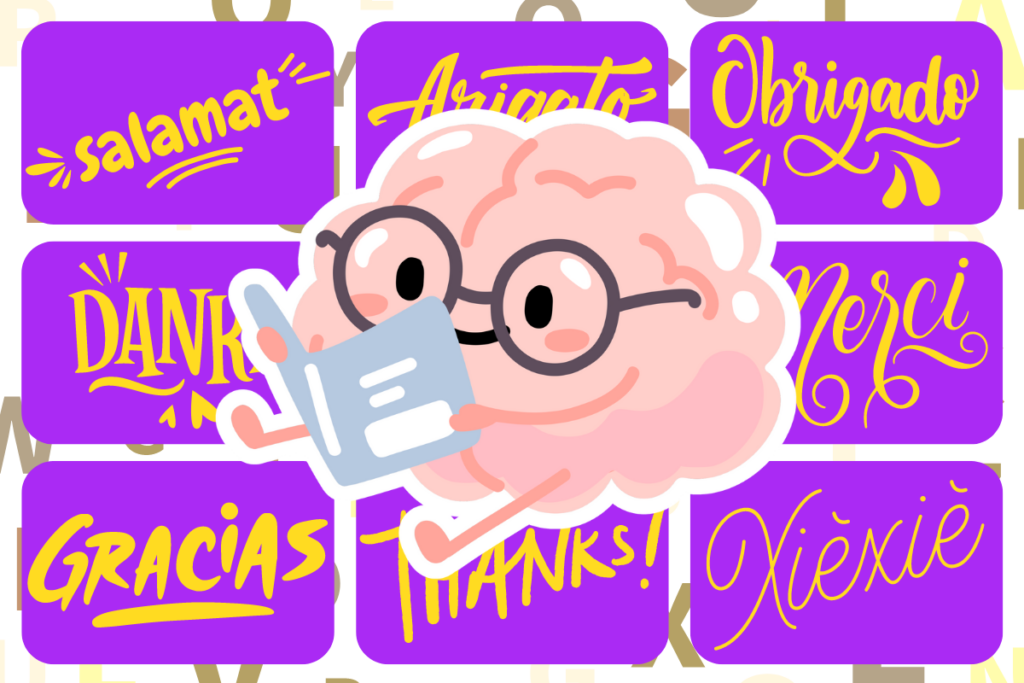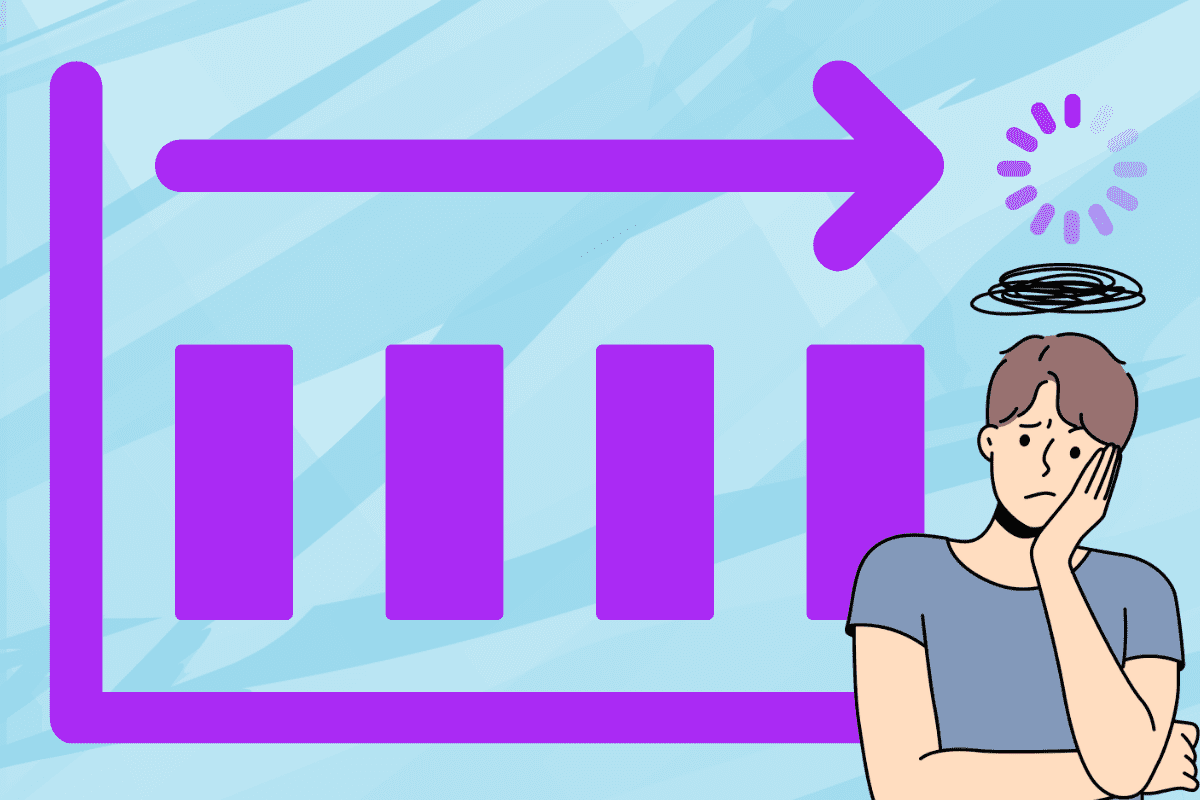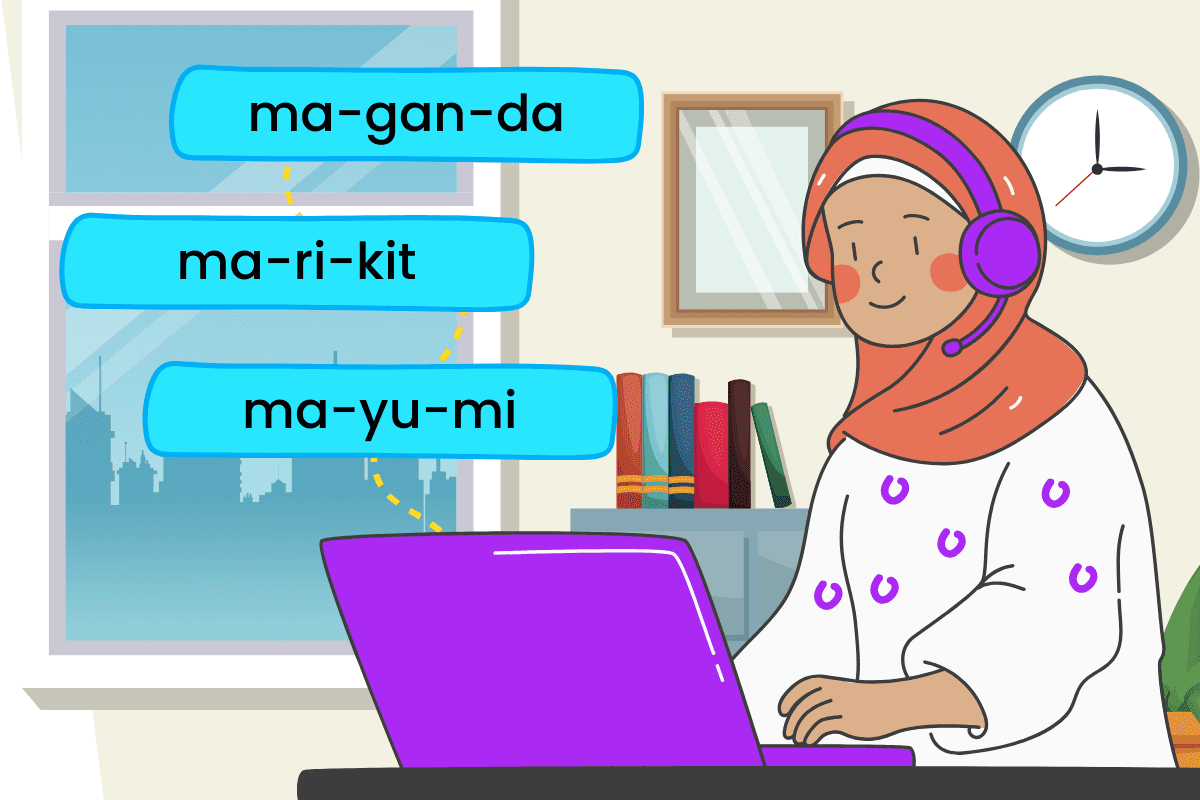Have you ever wondered how our brains learn languages?
You probably know how to learn a language; the resources, the methods, the whole shebang. But do you know the science behind it?
“Why is this question necessary?” you may ask.
Well, knowing the technical aspects can be beneficial in your language learning journey. When you know how your brain works and reacts, you will better understand how to learn a language more effectively.
Before we dive into how this knowledge can benefit language learners, let’s first break down the science of learning a language.
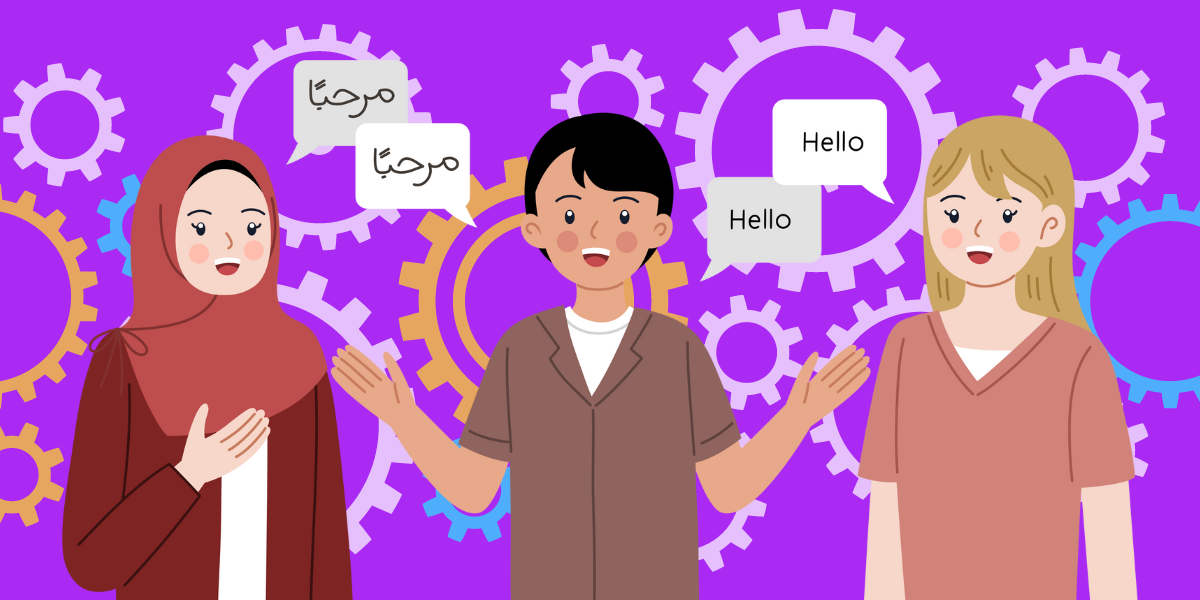
Language Acquisition: A Breakdown
You’ve probably heard of comparing the brain to a sponge due to the way it absorbs information. This is due to the brain’s neuroplasticity.
Neuroplasticity, or brain plasticity, is the brain’s ability to form and refresh neural connections in response to new information or stimuli. Think of it like the brain’s ability to adjust.
For example, a child encounters a wall with a sign that says “Wet Paint, Don’t Touch.” Out of curiosity, the child touches the wall, transferring paint to their hand. The resulting scolding from their parent and the difficulty in washing the paint off create a new connection in the child’s mind. The next time the child encounters a wall with a wet paint sign, they remember their past experience and learn not to touch the wall.
Forming these neural connections is the foundation of language learning. You connect these new words to previously known information, such as words, sensations, and experiences, among others. These connections then create a network of information that allows you to retain what you’ve learned.
In connection with this, research suggests that there are three key elements to language learning:
1. Comprehensible Input
- When you are exposed to new words in a language, either through hearing or reading, your brain creates a new connection via input.
2. Comprehensible Output
- In contrast, the comprehensible output is the connections made via output, such as speaking or writing.
3. Review or Feedback
- This refers to the connections made through identifying errors and learning from them, similar to the situation with the child and wet paint.
Tips for Language Learners
Now that you know the three elements of language learning, how can you apply them? Let’s enumerate.
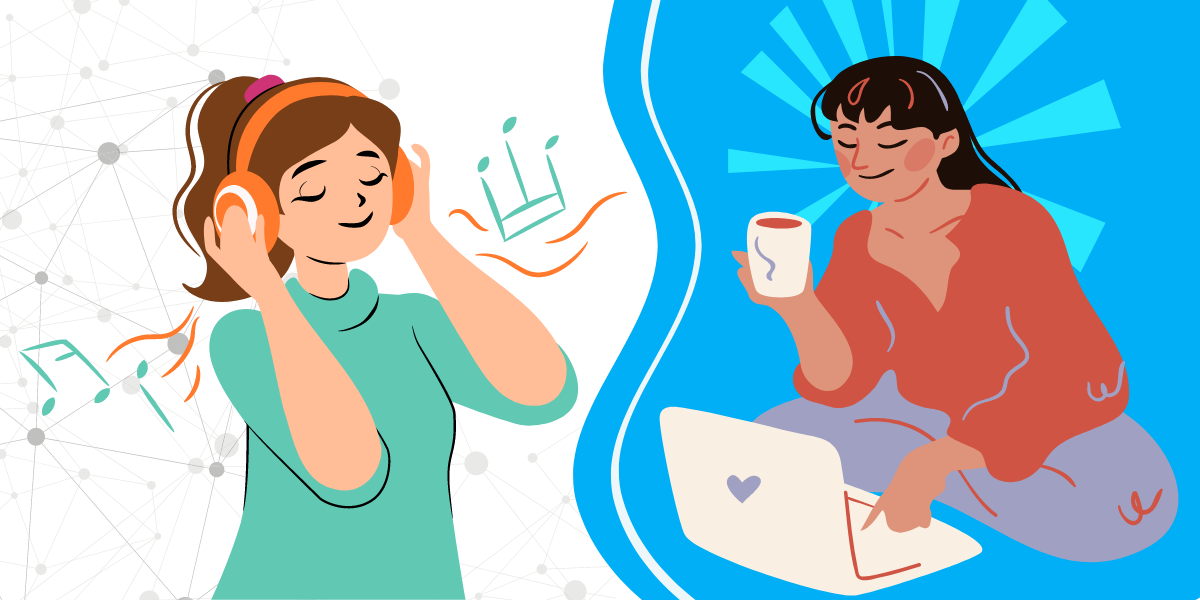
1. Don’t Confine Yourself, Have Some Variety
- While learning by the book is important, especially regarding the basics such as grammar, don’t let it confine you. Thanks to the accessibility of information in this present age, there are plenty of resources you can use to supplement your language learning journey.
- You can listen to songs and seek out their translation. The memorability of songs makes it easy to memorize vocabulary and sentences. If you encounter a certain word, your brain can make a connection to the song, providing you with an additional context that allows you to understand the language faster.
- Another thing you can do is watch movies with subtitles. This method is especially helpful in providing you with real-life conversations you can mimic and apply. Your brain can connect certain scenes to phrases or sentences, giving you a handful of sentences in your pocket.

2. Spaced Repetition
- This is a technique that enables you to memorize information by reviewing materials at intervals instead of memorizing in bulk. It involves reviewing and actively recalling the learning material in between increasing time intervals.
- For example, learning the material before going to sleep and then actively recalling what you’ve learned the next day, the next four days, and then a week later.
- You don’t have to adhere to this time interval. The space in between your recalls depends on what information you have retained and what information needs to be added.

3. Interact!
- Interacting with native speakers is part of immersion as it makes use of both comprehensible input and output. It allows you to apply what you’ve learned in a real-life scenario where you have to reply spontaneously.
- You don’t have to travel to interact with local speakers, either. You can use the communication channels provided by the Internet to find local speakers online with whom you can practice.
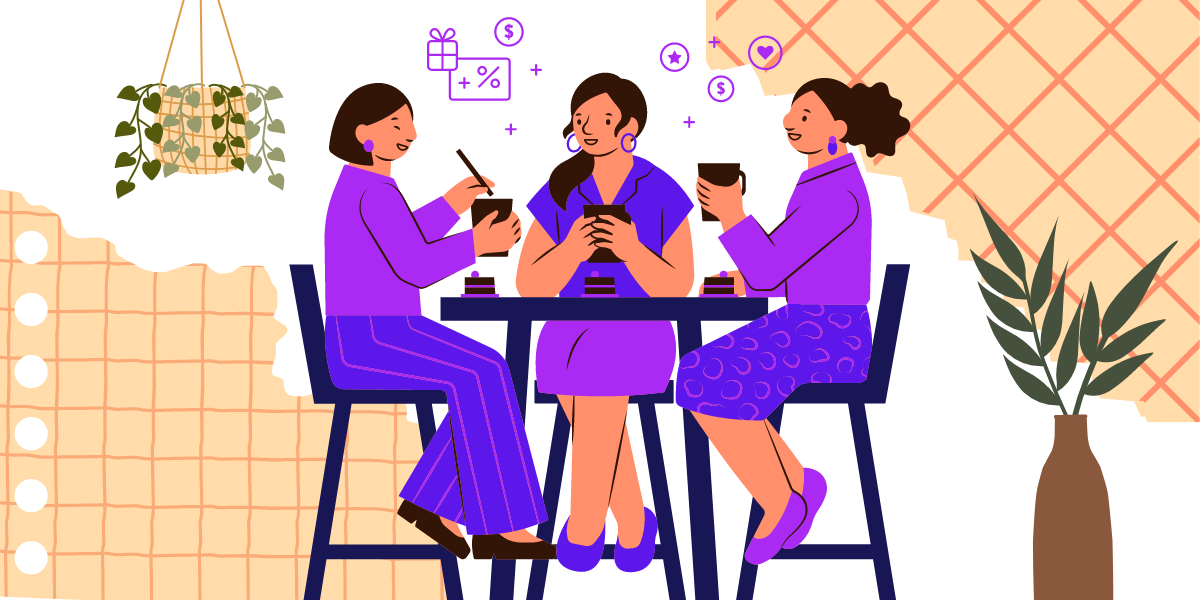
4. Don’t Be Afraid of Mistakes
- Progress is not achieved due to the lack of mistakes but rather by learning from it. Mistakes create, as well as strengthen the connections in our brain.
- Say you’re talking to a native speaker. Don’t be afraid of messing up; that’s part of the learning process.
Bringing Science to the Table
It’s not necessary to learn the science of language acquisition when learning a language, but the knowledge can benefit you in the long run. This knowledge enables you to approach language learning in a more practical but creative manner.
You should also always keep in mind the key elements in language learning, especially the one about feedback. Don’t be afraid to make mistakes. The best thing you can do is to accept it and then learn from it.
If you’re looking to learn Tagalog, these tips will be enhanced further by a Tagalog learning app accompanying you on your journey. What better app to use than Turong Wika?
Turong Wika’s strength lies in its focus on conversational Tagalog, allowing your brain to make connections easier due to the ease of application. The lessons are also interactive, helping better retain both attention and information.
You can always go back to the finished lessons should you forget the words or when you want to refresh your knowledge. You could also use the Practice feature. Simply choose the topic and the number of items you want to answer from five to 25. It’s that easy.
Create new connections. Scan the code below to download the app now!
Create new connections. Click on the button below to download the app now!

